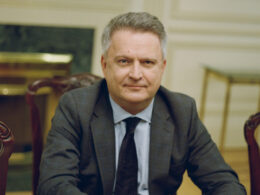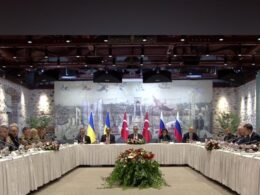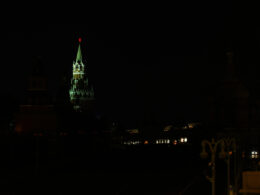A ceasefire could be just a cover for a new wave of Russia's war. There is a growing risk that Russia will drag out negotiations throughout the summer while preparing a fresh offensive and avoiding calls from the US and Europe for an immediate, unconditional ceasefire, The Washington Post reports.
"Putin is treading a delicate path, trying to avoid the blame should peace talks fail, while creating the conditions for Trump to cut off future arms deliveries and intelligence to Ukraine if peace talks do not progress", the report says.
On 15 May, both Ukrainian and Russian delegations arrived in Türkiye. However, it remains unclear whether the first direct talks since spring 2022 will happen, as Russia only sent a low-level delegation of deputy ministers and experts.
The negotiation team from Moscow is the same that took part in the 2022 talks ahead of the Bucha massacre. It is led by Vladimir Medinsky, who has been sanctioned by the US and Canada for justifying the aggression.
"Putin's attendance appeared to be a long shot from the start — he never said he was coming to be begin with — but the Kremlin held a two-day pause," the report reads.
The Russian ruler has now downgraded the talks he initially proposed, again demonstrating his unwillingness to drop longstanding demands on Ukraine.
"The chances of a peaceful outcome in this round have plummeted after Putin announced his negotiators.
Unless something changes dramatically (on Thursday), which is unlikely, then this ‘negotiator lineup’ is a signal that Putin has chosen war over de-escalation," Russian political analyst Vladimir Pastukhov says.
Previously, the Russian president said that any ceasefire would block Ukraine from receiving Western weapons or recruiting soldiers. However, there is no talk of slowing Russian production, offering Moscow a massive advantage in relaunching combat after any ceasefire.





